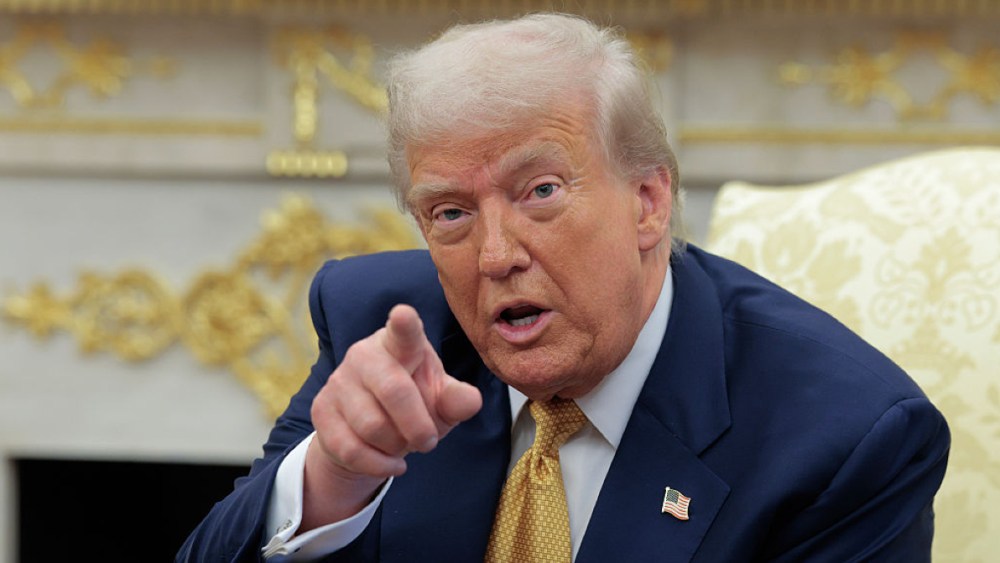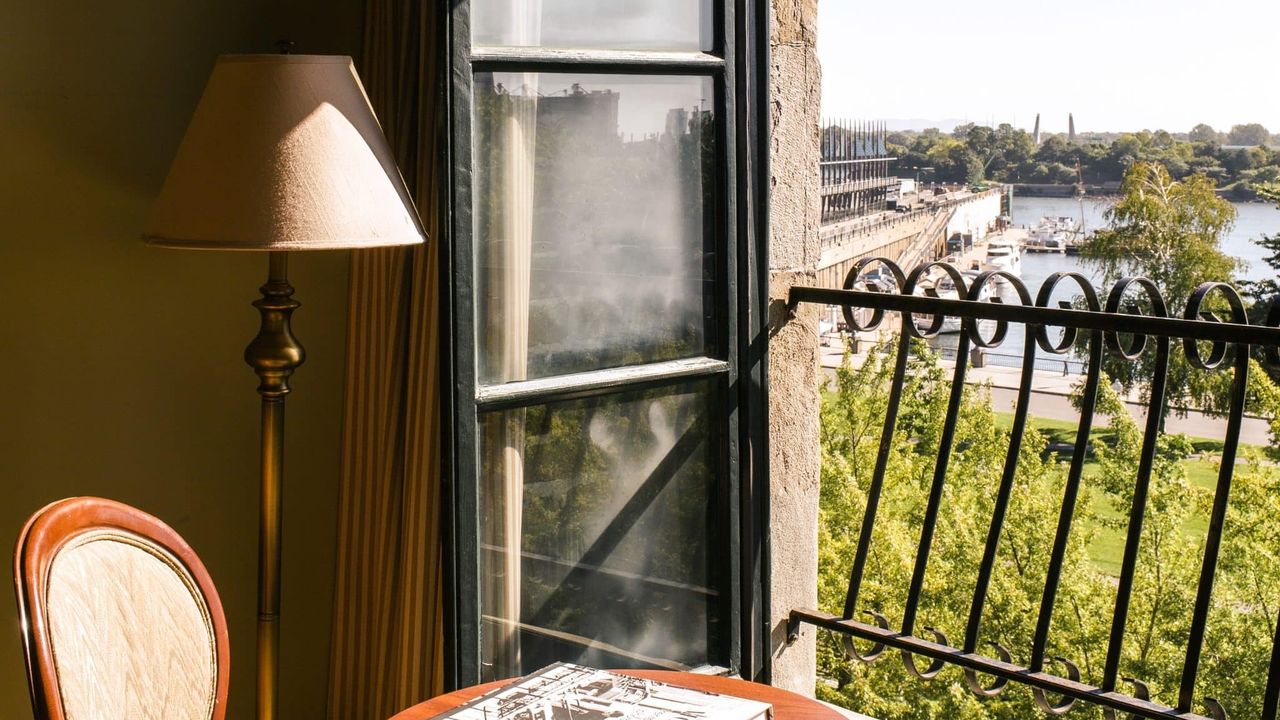
The prospect of new tariff hikes continues to threaten the global furniture industry.
Late Friday, U.S. President Donald Trump said on Truth Social that his team has launched an investigation into all furniture coming into the U.S.
“Within the next 50 days, that investigation will be completed, and furniture coming from other countries into the United States will be tariffed at a rate yet to be determined. This will bring the furniture business back to North Carolina, South Carolina, Michigan and states all across the Union,” the post said.
Ironically, Trump’s trade policy has already taken with it two homegrown American brands that operate in two of those states. The Howard Miller Company, which also owns Hekman, revealed its closure in July. Both Howard Miller and Hekman are two Michigan-born firms steeped in history. Since the beginning of the housing market downturn due to higher interest rates, Howard Miller’s sales had suffered. Higher tariffs were an added hurdle, resulting in unsustainable costs for materials and components, it said last month.
Claudio Feltrin, president of FederlegnoArredo, the Italian federation of woodworking and furniture industries, which accounts for the majority of Europe’s luxury furniture-makers, said the outlook remains more uncertain than ever.
“Of course we’re worried; we’re in limbo,” he said in an article published in Italian daily La Repubblica, adding that the “dark tariff uncertainty” caused Italy’s wood furniture exports to fall 6.6 percent in May.
Shares of furniture stocks will likely extend their losses on Monday. On Friday, in after-hours trading, shares of RH and Williams Sonoma were down almost 7 percent. Wayfair was down 8 percent.

From the RH Outdoor “Striata” Teak Collection.
Courtesy image
According to U.S. Commerce Department data, China and Vietnam are among the U.S.’ top exporters to the U.S. of furniture. Confartigianato — the Italian lobbying group that supports artisans and 1.5 million businesses, 12 trade federations and 41 craft associations, including those representing furniture, decor and fashion — estimates the nominal value of the impact at risk at 17.8 billion euros in exports from Italian micro- and small businesses that trade with the U.S. Small and micro businesses represent a large part of the industrial backbone of the Italian economy.
The furniture industry received a mild reprieve after the European Union and the U.S. reached a trade deal in July, fixing tariffs on EU exports at 15 percent for most categories. However, Feltrin has said the EU needs to broker a better deal with South America to mitigate losses in the U.S.
The Brazilian market, for example, is highly protected with an applied customs averaging duty of 13.5 percent, according to the European Commission.
Feltrin met with Italy‘s Deputy Prime Minister and Minister of Foreign Affairs Antonio Tajani in July to discuss supporting a historic deal that would lift tariffs on goods to the region.
The 27-nation EU and Mercosur, the South American trade bloc that includes Brazil, Argentina, Paraguay, Uruguay and Bolivia, have been discussing a trade deal since 1999. A draft deal was unveiled in 2019, but it has not been backed by major EU countries like France. The European Commission said the deal will save EU companies 4 billion euros’ worth of export duties a year.
The European Commission reached an agreement with South American countries in December 2024 but delayed submitting it as it awaits ratification by the member states and the European Parliament. The goal of the EU-Mercosur trade deal is to increase bilateral trade and investment and lower tariff and non-tariff trade barriers, notably for small and medium-sized companies. It would also create more stable and predictable rules for trade and investment through better and stronger rules, in the area of intellectual property rights, for example, as well as competition and good regulatory practices.

Claudio Feltrin, president, Federlegno Arredo
Courtesy of Federlegno Arredo
Feltrin said the spotlight was also on India, a country that is imposing mandatory certifications that will create roadblocks for Italian goods.
According to economists at Istat, Italy’s statistics bureau, forecasts in June said the Italian economy is expected to grow 0.6 percent in 2025 and 0.8 percent in 2026, lifted by improving domestic demand.
Italy’s largest industry confederation, Confindustria, insisted that amid difficult times, geographical diversification is key. The report also said Italian exporters should focus on markets with high growth potential, such as the South American trade bloc, which contributed 7.5 billion euros to Italian exports. The report also mentioned India, Australia and South East Asia. According to Confindustria’s estimates, sales of goods to the rest of the world could increase by about 13 billion euros cumulatively in 2027, offsetting U.S. export losses.
Trump and his supporters are hoping trade policy will reinvigorate Made in America and its domestic supply chains, which saw its manufacturing prowess decline significantly in the 1970s and 1980s and beyond. At that time, companies began shifting production outside the U.S., facilitated by trade agreements with China and the entry of China into the World Trade Organization.
#Trumps #Tariff #Plan #Sparks #Uncertainty #Furniture #Industry





